Get PeakVisor App
Sign In
Search by GPS coordinates
- Latitude
- ° ' ''
- Longitude
- ° ' ''
- Units of Length

Yes
Cancel
Share ×

Scan the QR code and open PeakVisor on your phone
❤ Wishlist ×
Choose
Delete
The Towerkop Nature Reserve protects the endemic Fynbos vegetation in the Western Cape province of South Africa. There are 10 named mountains in Towerkop Nature Reserve; the highest and the most prominent is Seweweekspoortpiek, measuring 2,325 meters (7,628 ft).
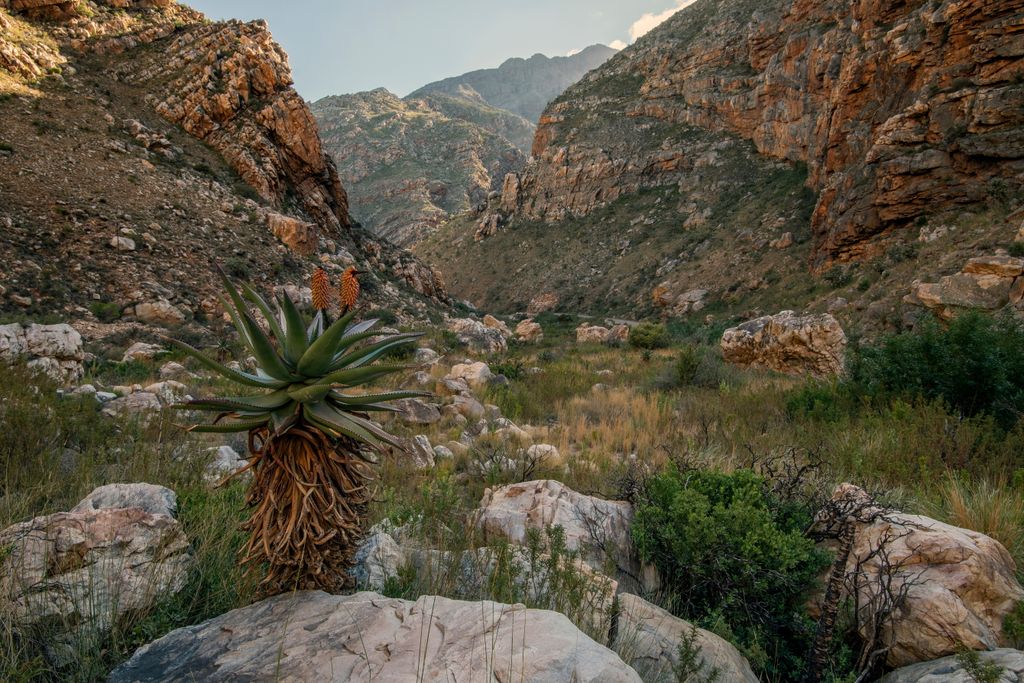
Towerkop Nature Reserve is a protected area in the Western Cape, near Ladismith, within the Little Karoo region. The reserve covers an expanse of approximately 51,000 ha (126,023 ac) and holds significance as part of the Swartberg World Heritage Site. The reserve is named after the distinctive split peak of Towerkop, which rises to 2,189 meters (7,182 ft) and is one of the highest peaks in the Swartberg Range.
The reserve boasts a diverse ecosystem comprising various plant and animal species, notably the Towerkop protea (Protea aristata). This indigenous and endangered plant thrives on the slopes of Towerkop and Seweweekspoortpiek. Together with the Swartberg Nature Reserve in the east, Towerkop Nature Reserve forms an integral part of the Cape Floristic Region, recognized as a biodiversity hotspot due to its remarkable abundance and endemism of flora and fauna.

The climate within the reserve adheres to a Mediterranean pattern. The Little Karoo is characterized by scorching, arid summers with temperatures peaking at 40°C (104°F) and cool, moist winters where temperatures can fall below 0°C (32°F). Annual precipitation ranges from 100 to 500 mm (4 to 20 in), contingent upon the elevation and orientation of the slopes.
In addition to its ecological significance, the Towerkop Nature Reserve is a vital water source for neighboring towns and farms. Water resources are sustained by year-round rainfall from moist south-easterly winds.
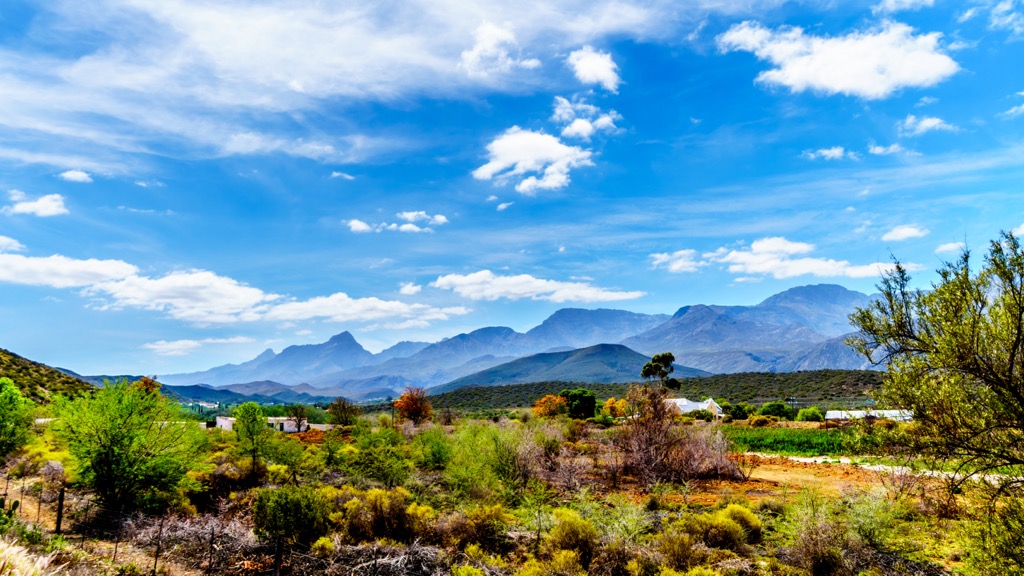
The geology of the Towerkop Nature Reserve is dominated by the Swartberg Range, which consists mainly of folded and metamorphosed sedimentary rocks of the Cape Supergroup. These rocks date back to the Precambrian and Cambrian periods and include quartzites, shales, sandstones, and conglomerates. The folding and uplift of the Swartberg Range occurred during the Cape Orogeny, the collision of the Gondwana and Laurasia supercontinents, which lasted from about 330 to 260 million years ago.
The most striking feature of the Towerkop Nature Reserve is the Seweweekspoort, a narrow and scenic gorge that cuts through the Swartberg Range for about 18 km (11 mi). The Seweweekspoort was formed by the erosion of the Seweweekspoort River, which flows along a fault line that separates the Table Mountain Group's quartzites from the Bokkeveld Group's shales.
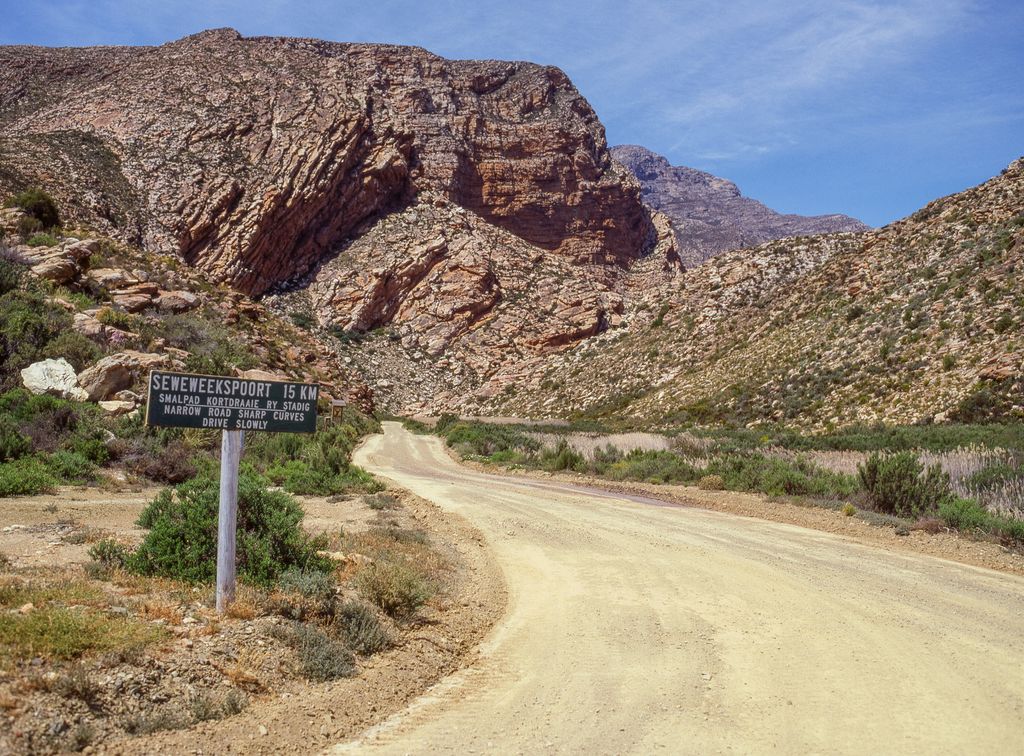
The Towerkop Nature Reserve encompasses two primary vegetation types: mountain fynbos and succulent karoo. Mountain Fynbos is shrubland dominated by fire-adapted and nutrient-poor soil-tolerant plants, including proteas, ericas, and restios. Several endemic and endangered Fynbos species thrive in the reserve, notably the Towerkop protea, Towerkop erica (Erica towerkoppensis), and Towerkop pagoda (Mimetes stokoei). This Fynbos habitat also sustains diverse bird species, such as the Cape sugarbird, orange-breasted sunbird, and protea canary.
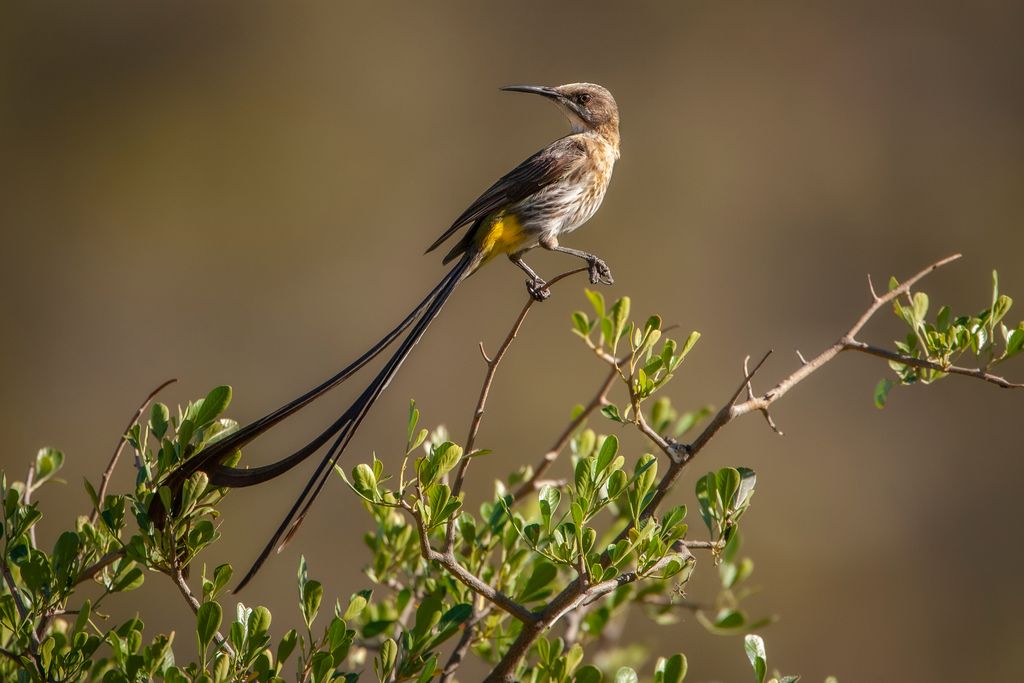
Succulent karoo, characterized by a semi-desert environment, features a rich diversity of succulent plants, including aloes, crassulas, euphorbias, and mesembs. Towerkop Nature Reserve stands out globally for hosting one of the most abundant succulent floras, boasting over 1,000 recorded species. Notable succulents within the reserve include the quiver tree, elephant’s foot, and baby toes. The succulent karoo habitat also provides a home for various reptiles, including the Namaqua chameleon, barking gecko, and armadillo-girdled lizard.
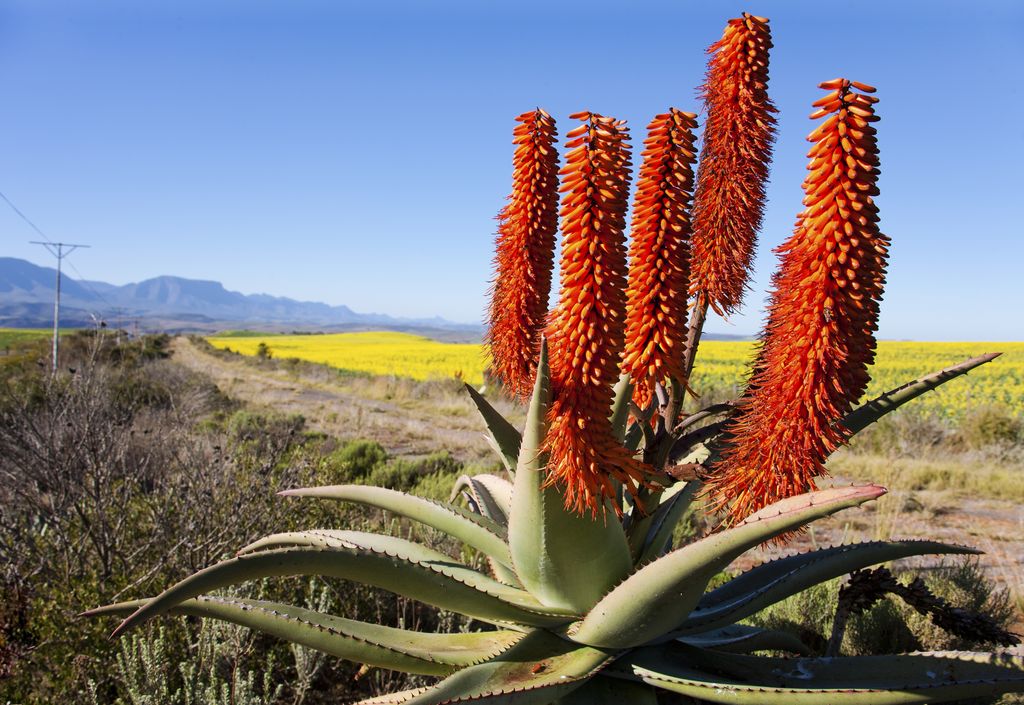
The reserve’s history dates back to the Stone Age, as archaeological evidence shows evidence of San hunter-gatherers who left behind rock paintings and stone tools. The San were later displaced by Khoikhoi pastoralists, who also left traces of their lifestyle and culture in the form of pottery, beads, and livestock kraals.
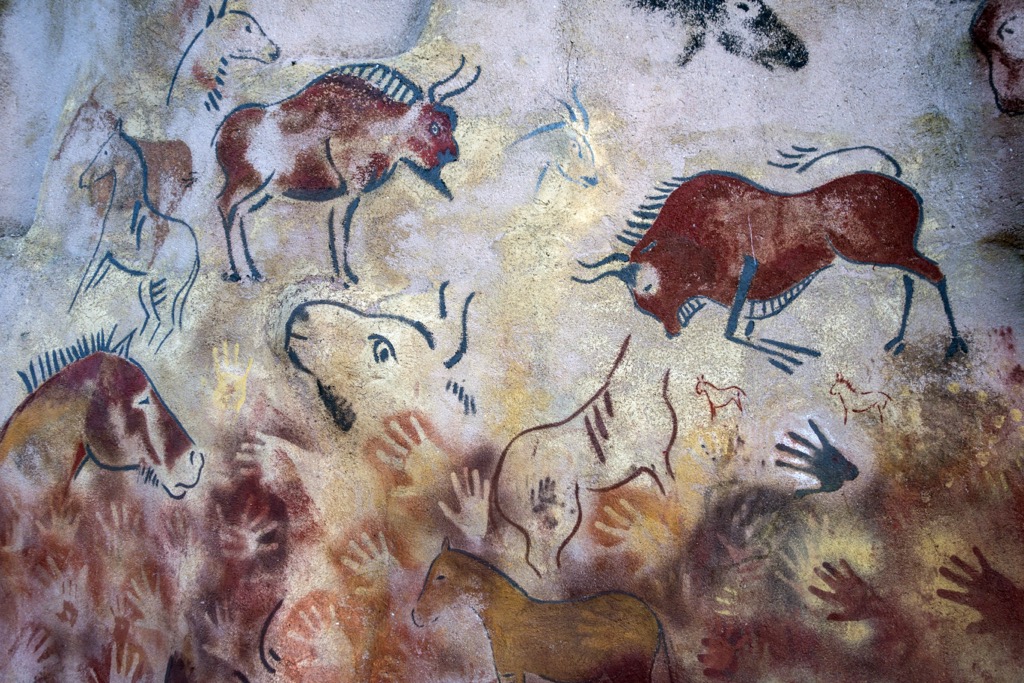
The first European settlers arrived in the late 18th century and established farms and villages in the fertile valleys. The area witnessed several conflicts between the colonists and the indigenous people, as well as the Boers and the British during the Anglo-Boer War. In addition, the reserve also played a role in the development of the wool industry, as the mountains provided grazing land for merino sheep.
In 1964, the Towerkop Nature Reserve was designated to conserve water resources, Fynbos vegetation, and the region's endemic wildlife.
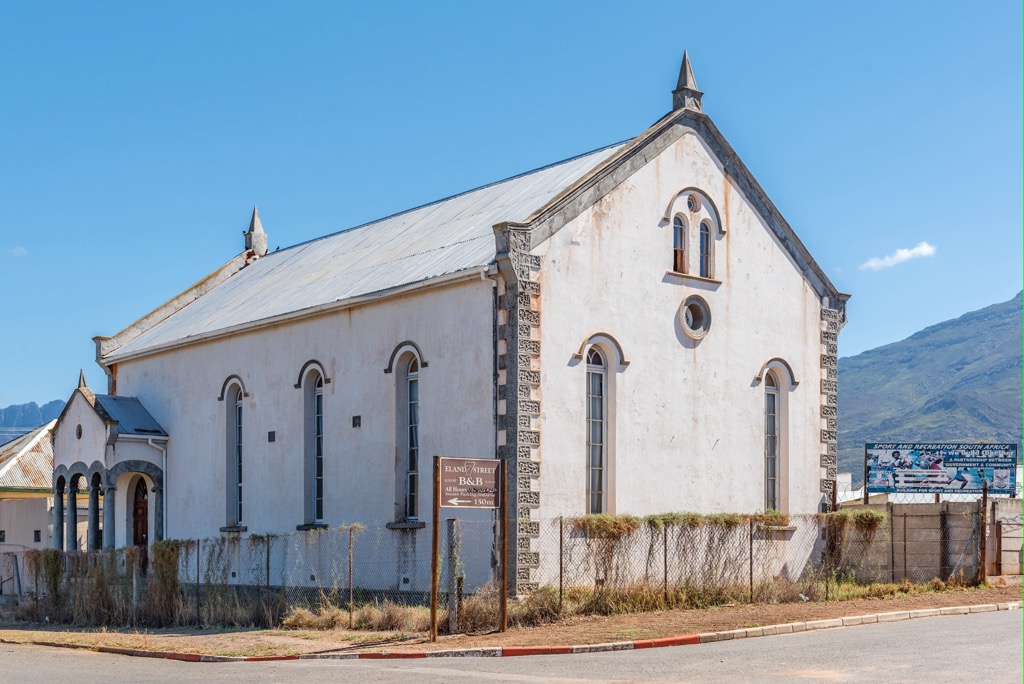
The Klipkraal and Verlorenhoek Trails can be done separately as day hikes or combined as a two-day hike with an overnight stay at the Uitkyk rock shelter. The trails start from the same base and offer views of the mountains, valleys, and rock formations.
The Klipkraal Trail is a 23 km (14 mi) circular route that follows the Klipkraal River, passing through fynbos vegetation, waterfalls, and pools. As the path ascends Towerkop, hikers can enjoy panoramic views overlooking Elandsberg, Peak Wood, and Diep Nek. The trail then descends back to the base along a different route. The 16 km (10 mi) Verlorenhoek Trail traces the course of the Verlorenhoek River, traversing grasslands, forests, and gorges. It then ascends to the Seweweekspoortpiek, the reserve’s highest point.
Elandsberg Trail is a circular hiking route renowned for its views of Towerkop, the surrounding Fynbos vegetation, and the diverse wildlife of the reserve, such as eland, springbuck, black wildebeest, zebra, bontebok, and leopard. The trail starts from the Elandsberg campsite and follows a jeep track to the base of the Elandsberg. The route showcases views of the Towerkop, the Seweweekspoort Valley, and the Karoo plains and also passes through rock shelters and waterfalls.
Nefdt’s Route, climbed by Gustav Nefdt in 1885, is the country's first recorded rock climbing route. Graded at 17 (5.9), this 300-meter (984 ft) ascent on Towerkop's Western Pinnacle offers challenging pitches with no bolts allowed, only traditional protective gear placements. The route overlooks the surrounding mountains and valleys and is challenging, even for experienced climbers.
Starting from Mr. La Grange Volschenk's farm, hikers cross a dam to reach the Hut for water, then a steep hike to Nel’s Cave. The route begins at Nel’s Cave and involves a series of cracks, ledges, and chimneys to the summit. The descent is an abseil down the route or a traverse to the Eastern Pinnacle and an abseil down its south face.
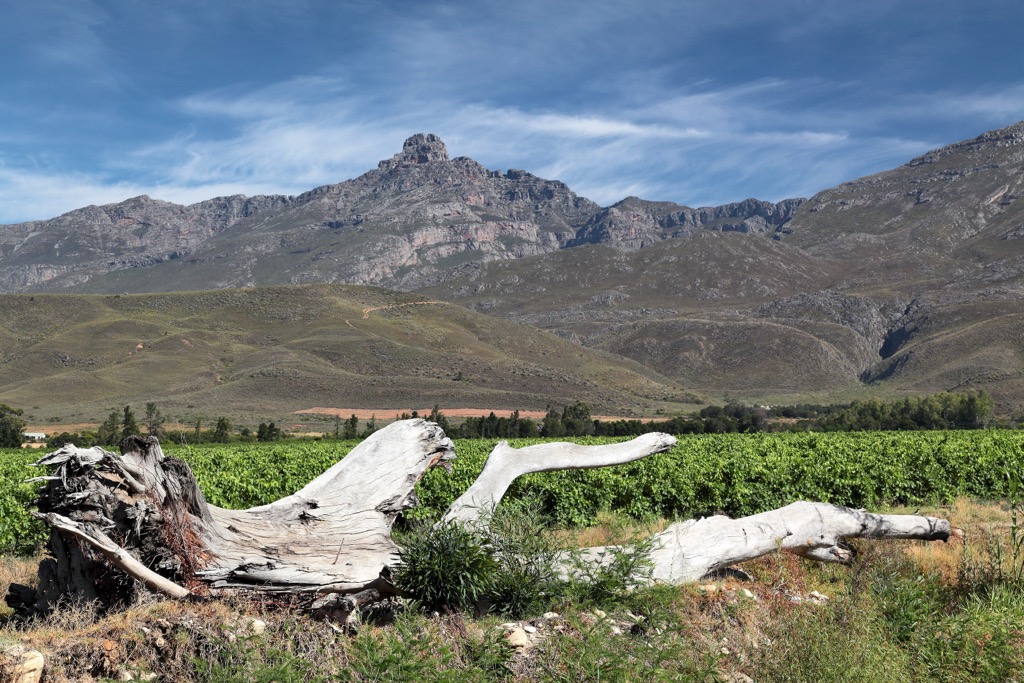
The Klein Swartberg Traverse is a four-day, 40 km (25 mi) hike across the rugged Swartberg Range, starting from either Seweweekspoortpiek or Towerkop.
Day one involves a steep ascent to Colas' Cave near Seweweekspoortpiek, which offers views of Steenslang Peak, Stefaanskop, and Plooiberg. Day two is the longest and most strenuous, leading to Skull Cave with rocky terrain. The third day is slightly easier, reaching Nel's Cave near Towerkop, with rugged but less exposed terrain. The fourth day descends to Bo-Buffelskloof farm, completing the traverse with outlooks of the Karoo plains and Langeberg range.
Ladismith is a historic town in the Western Cape province on the R62 road near the Towerkop Nature Reserve. It is part of the Little Karoo region, known for its scenery, diverse flora and fauna, and its notable production of brandy and cheese.
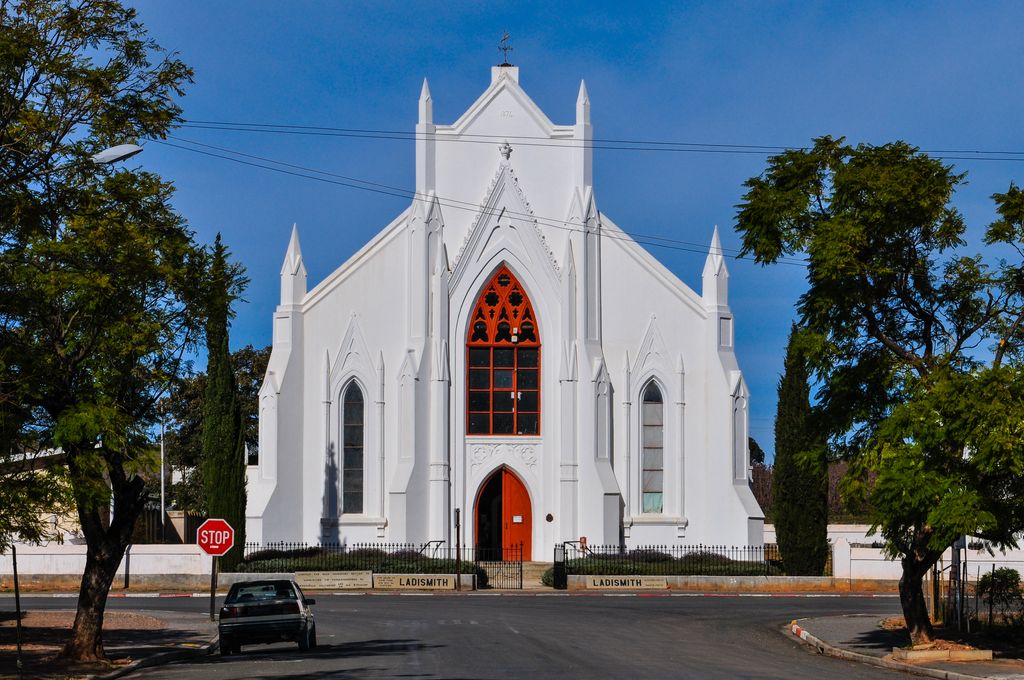
Ladismith Cellar is a notable wine and brandy producer, inviting visitors to explore its facilities through tastings and tours. The cellar produces award-winning products such as the acclaimed Ladismith 8-Year Potstill Brandy and the Ladismith Cape Brandy.
Similarly, the Ladismith Cheese Factory, a prominent cheese producer, also offers tours and tastings. Visitors can sample Ladismith Cheddar, Ladismith Gouda, and Ladismith Blue, among others. In addition to the scrumptious tastings, the experience provides insights into the region's cheese-making process.
Meanwhile, the Anysberg Horse Trail is a two-day horse-riding adventure through the Anysberg Nature Reserve, where riders can see wildlife, rock art, and diverse flora. The trail is suitable for experienced riders and includes overnight accommodation in a rustic cottage.

Calitzdorp, also located in the Little Karoo, is a small town in the Western Cape province, known as the Port Capital of the country for its award-winning port wines and red blends.
Wine enthusiasts can visit renowned wine cellars, such as Du’SwaRoo, De Krans, Boplaas, and TTT Cellars, where they can taste a variety of wines, including the celebrated port.
For a deeper understanding of Calitzdorp's history and heritage, a visit to the Calitzdorp Museum is recommended. The museum features exhibits showcasing local and national artifacts, old photographs, furniture, clothing, and other items that provide insight into the town's history.
Finally, the Rooiberg Pass offers a picturesque drive or cycling route, treating travelers to outlooks of the Swartberg Mountains and valleys.
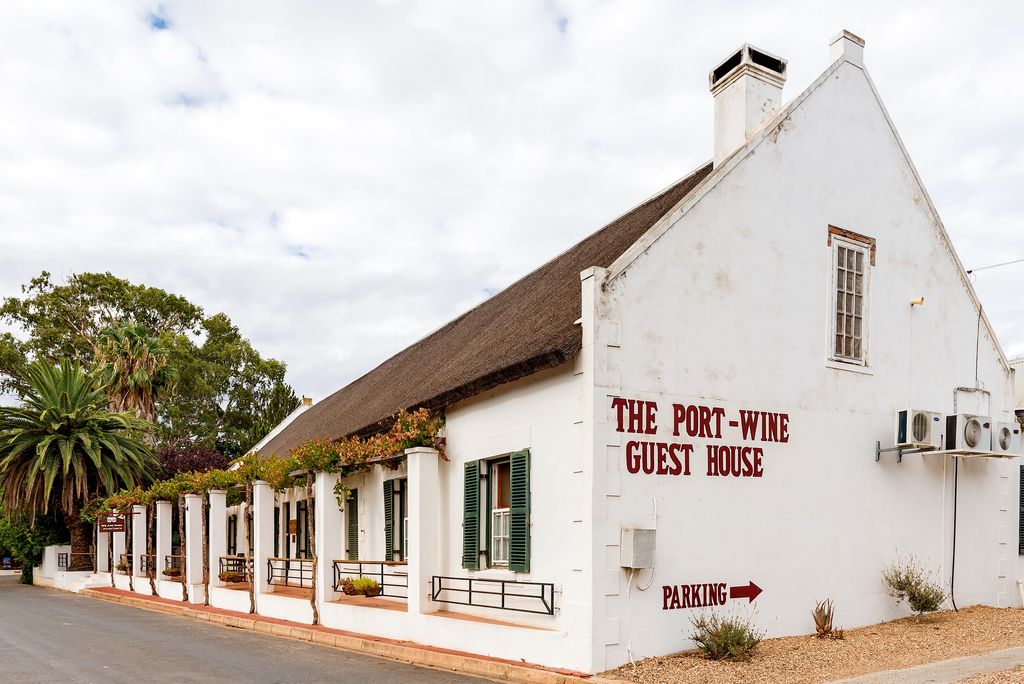
Explore Towerkop Nature Reserve with the PeakVisor 3D Map and identify its summits.








